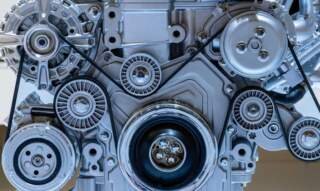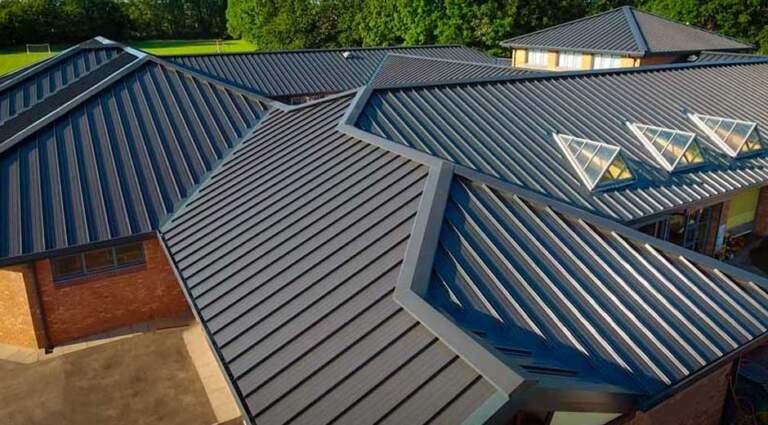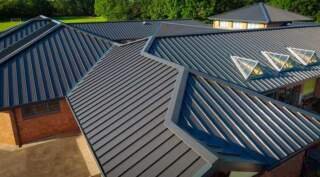When it comes to growing healthy, productive plants, one of the first decisions a grower must make is whether to stick with the traditional soil method or explore hydroponics. Both mediums have passionate supporters, which is why you’ll find a wealth of information online as to which option is best. In the ‘soil is superior’ camp, you’ll find arguments stating that crops are more self-sufficient, pollination is completely fuss-free and that you get more yield for the same area of size. However, those in favor of hydroponics suggest that you have more control over what exactly is taken up by your plant, weeds and pests are almost non-existent and you’ll be able to grow vertically, as opposed to needing more square footage. However, how much of this is truth, and what is purely preference?
Whether you’re a home hobbyist wanting to maximize a small space or a commercial grower aiming for efficiency and control, understanding the differences between hydroponics and soil-based cultivation is essential. In this article, we’ll explore the pros and cons of each method and highlight key factors to consider before deciding which one is best for you.
Hydroponics vs Soil
Hydroponics is a method of growing plants without soil, using a nutrient-rich water solution instead. Both approaches have their unique strengths and drawbacks, and understanding them can help growers choose the best method for their specific needs.
The pros and cons of hydroponics
Pros:
- Plants grown hydroponically show faster growth rates. This is because nutrients are delivered directly to the roots, allowing plants to spend more energy on growing rather than searching for their food.
- Despite being entirely water-based, hydroponic systems use up to 90% less water than soil gardening. The water in these systems is recirculated, reducing waste and making hydroponics ideal for areas with limited water supply.
- Hydroponic setups save on space. They can be vertical and compact, making them perfect for urban environments or indoor growing.
- Since hydroponics is typically done indoors or in controlled environments, there is less exposure to soil-borne pests and diseases (we’re looking at you, ahpids…) and so reduces the need for pesticides.
Cons:
- Setting up a hydroponic system can be expensive at the outset. Equipment like pumps, lights, reservoirs, and nutrient solutions can add up quickly.
- Hydroponics requires a solid understanding of technical knowledge. Things like plant nutrition, water chemistry, and system maintenance have earned the method a ‘witchcrafty’ label. Beginners may find the learning curve steep.
- Most hydroponic systems rely on electricity for pumps, lights, and timers. Any downtime may disrupt the system and harm the plants.
- Nutrient levels, pH, and water quality must be constantly monitored and adjusted, which can be time-consuming. Hydroponic systems also have to be cleaned carefully to ensure healthy plants.
- Growers who live in areas with hard water that is rich in iron and sulfur may struggle to establish an efficient hydroponic system. Their water quality may call for a reverse osmosis system to be installed, which adds a costly element to the process.
The pros and cons of soil
Pros:
- Soil gardening requires less upfront investment. Seeds, soil, and basic tools are generally more accessible and affordable.
- Soil naturally contains a nutrient buffer. You’ll find a mix of nutrients and microorganisms that support plant health. This creates a more forgiving environment if nutrient levels fluctuate.
- For many, soil gardening feels intuitive and requires less technical knowledge. It’s a great starting point for beginners.
- Soil supports a natural ecosystem that benefits plants, including worms, fungi, and beneficial bacteria.
Cons:
- Plants in soil generally grow more slowly than those in hydroponic systems because nutrients are not as readily available.
- Soil can harbor pests, weeds, and pathogens that damage plants, often requiring chemical or manual intervention.
- Soil-based growing will usually require more water due to evaporation and runoff.
- Growing in soil demands space from the outset, which may not be ideal for urban dwellers or those with limited room.
Other factors to consider
When choosing between hydroponics and soil, it’s important to consider more than just the pros and cons – other factors worth thinking about include:
Personal Preference
You might have a personal preference from the outset – some individuals like to ‘work with the land’ and get tactile with their growing, while others relish the innovation and precision of hydroponics.
Climate and Environment
Your location, terrain and climate will sometimes dictate the best option. If you’re in an area with poor soil quality or extreme weather, hydroponics could offer increased control and consistency. On the flip side, if you live somewhere remote with plenty of land and good soil, traditional soil-based growing could be more practical.
Time Commitment
If you like to go away for days at a time, hydroponic systems may not be the best choice for you. While they require more frequent monitoring and maintenance, soil gardens are often less demanding once established.
Crop Type
Plants can be picky things, and so hydroponics might be better suited to some more than others. Leafy greens, herbs, and tomatoes thrive in hydroponics, while root vegetables like carrots and potatoes often perform better in soil.
Sustainability Goals
If you have sustainability goals, you’ll need to carefully balance one with the other to weigh up which aligns best. Hydroponics uses less water, but the need for manufactured equipment and nutrient solutions may offset some of its eco-benefits. Organic soil gardening, when done responsibly, can support biodiversity and soil health.
In summary, both hydroponics and soil-based gardening have their place in modern agriculture and home gardening. The best choice will depend on your resources, goals, and interest in either traditional or tech-savvy growing methods.











